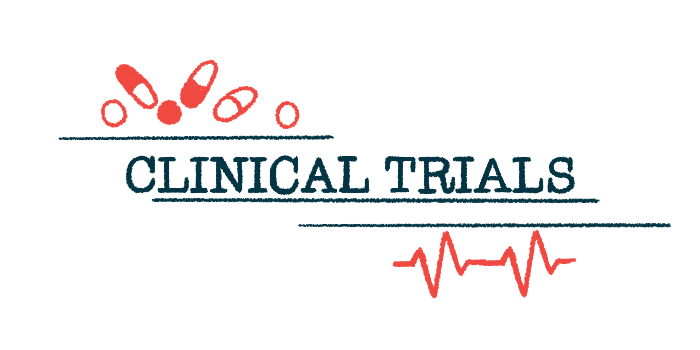Dosing begins in Phase 2 trial of Bial’s therapy for GBA1 Parkinson’s
Adult patients currently being screened at multiple sites in North America

The first patient has been dosed in a Phase 2 trial testing BIA 28-6156, Bial’s investigational therapy for Parkinson’s disease patients with mutations in the glucocerebrosidase 1 (GBA1) gene.
The ACTIVATE (NCT05819359) study is currently screening Parkinson’s patients, ages 35 to 80 years, across multiple sites in North America. Screening is expected to start in Europe later this year, according to a press release by Bial R&D Investments, a subsidiary of Bial.
“Dosing of the first patient in our Phase 2 clinical trial represents a major milestone in the clinical development of BIA 28-6156 for the treatment of Parkinson’s disease patients with a genetic validated risk factor as GBA1 gene mutation,” said Nuno Mendonça, MD, chief medical officer of Bial.
GBA1 gene mutations linked to earlier disease onset, faster progression
Mutations in the GBA1 gene, a genetic risk factor for Parkinson’s, are associated with symptoms such as earlier disease onset, fast progression, and more rapid cognitive decline.
The mutations can lead to the formation of a misfolded and dysfunctional version of beta-glucocerebrosidase (GCase), an enzyme important for the function of lysosomes, the cellular compartments that recycle cellular waste. As a consequence, molecules — including the alpha-synuclein protein — may accumulate to toxic levels inside cells, resulting in damage to nerve cells.
BIA 28-6156, a compound called an allosteric modulator, is a small oral molecule designed to activate GCase and increase its activity.
The therapy, administered once a day, is expected to help restore lysosome function and prevent alpha-synuclein build-up in the central nervous system (CNS, comprising the brain and spinal cord), since it is able to cross the blood-brain barrier, a highly selective membrane that shields the CNS from general blood circulation.
“Activation of GCase enzymatic activity via allosteric modulation with BIA 28-6156 offers a novel potential treatment for patients with GBA-PD [Parkinson’s disease with a mutation in the glucocerebrosidase 1 gene] as well as a promising new approach to delay clinical motor progression,” said Mendonça. “Data from nonclinical settings, including data from human cells, suggest that activation of GCase enzymatic activity could provide therapeutic benefit to patients with PD who carry a GBA-PD risk-associated variant in the GBA1 gene.”
In October 2020, Bial acquired Lysosomal Therapeutics’ Parkinson’s research programs including its lead candidate, BIA 28-6156 (previously called LTI-291).
ACTIVATE trial seeking 237 patients in North America and Europe
The ACTIVATE trial seeks to enroll about 237 patients with Parkinson’s diagnosed between one to seven years prior to genetic screening. Participants must be receiving a stable dose of a Parkinson’s medication for at least 30 days before screening, which will be maintained during the study.
Participants will be randomly assigned to a placebo or one of two daily doses of BIA 28-6156, either 10 mg or 60 mg, for up to 78 weeks (about 1.5 years). This will be followed by a 30-day safety follow-up period.
The study will evaluate the time from the beginning of the study to clinically meaningful progression (worsening) on motor aspects of experiences of daily living using the MDS-Unified Parkinson’s Disease Rating Scale parts 2 and 3.
BIA 28-6156’s safety and tolerability, as well as its pharmacodynamics (the effects of a compound on the body) and pharmacokinetics (the movement of a medicine into, through, and out of the body) will also be assessed.








